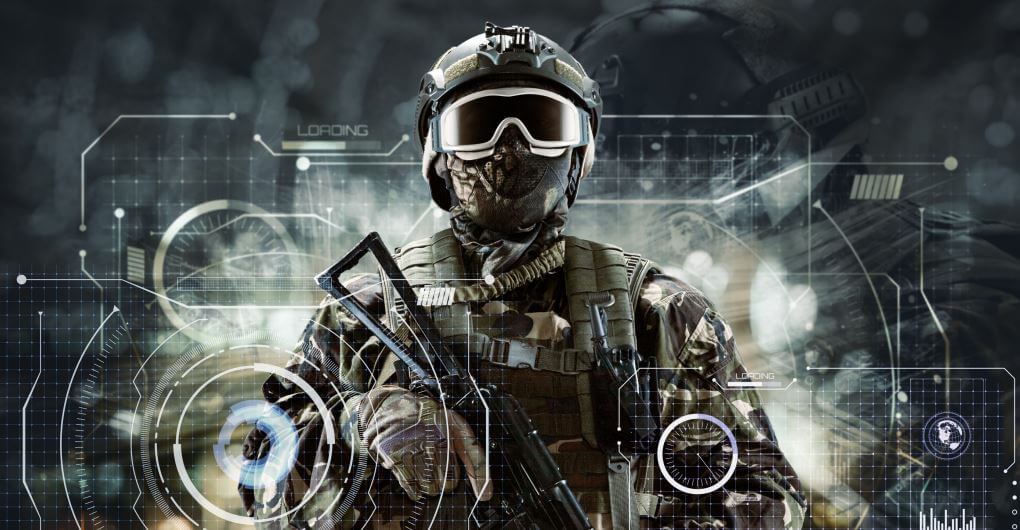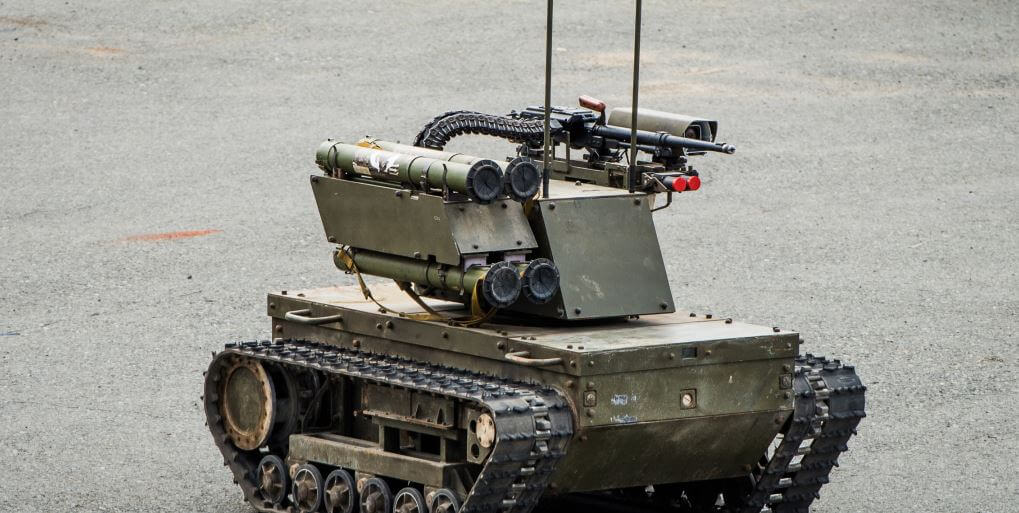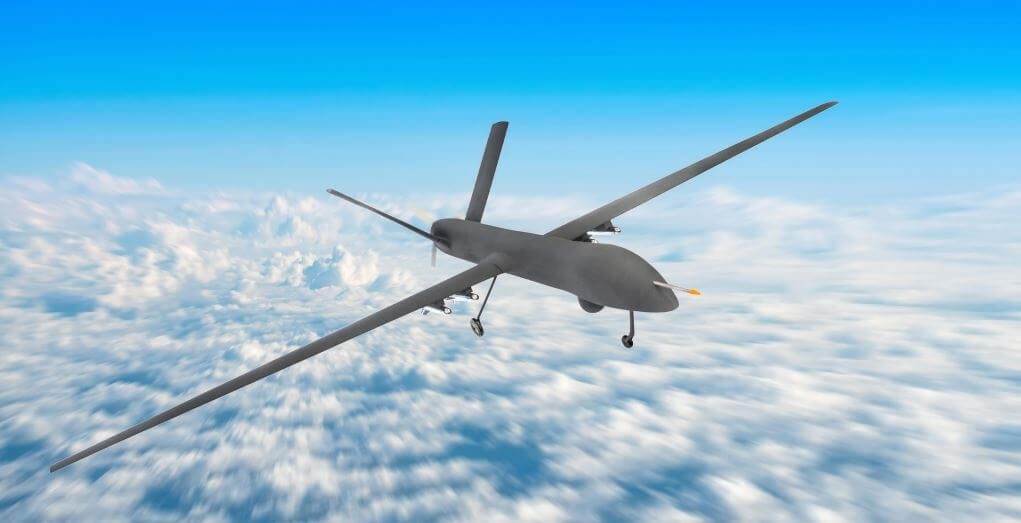In recent years, rapid technological development has also contributed to the development of military technology. The modern fields of science, especially digital technology, have found a great response in the field of military applications.
An overview of selected emerging military technologies that are of great interest and are currently being implemented in the United States, Japan, Germany, China and Russia are as follows:
- Artificial Intelligence
- Lethal autonomous weapons
- Ultrasonic weapons
- Guided energy weapons
- Biotechnology
- Quantum technology
Artificial Intelligence

To better understand the nuances of AI, it is important to first understand the difference between an automated and a stand-alone system. An automated system is one in which a computer justifies a clear, albeit subsequent, structure based on rules, and does so decisively, which means that for each input the output of the system will always be the same (unless something fails). An autonomous system is one that justifies giving a set of inputs, which means that it speculates on the best possible course of action given the input of sensor data. Unlike automated systems, when given the same input autonomous systems will not necessarily produce exactly the same behaviour each time. Instead, such systems will produce a range of behaviours.
Human intelligence generally follows a sequence known as information-perception-action-loop processing, in that individuals perceive something in the world around them, think about what to do, and then, after weighing the choices, decide to pretend. AI is programmed to do something similar, as the computer detects the world around it and then processes the incoming information through optimization and verification algorithms, with a choice of action done in a manner similar to that of humans. The figure below, shows how an autonomous system integrated into AI “thinks” and makes decisions in this way.

Lethal Autonomous Weapons

Although there is no internationally agreed definition of lethal autonomous weapon systems, only laws as a class of weapon systems capable of both independently identifying a target and employing an onboard weapon to engage and destroy the target without manual human control. This concept of autonomy is also known as “human out of the loop” or “full autonomy.”
Ultrasonic weapons
According to Wikipedia, sonic and ultrasonic weapons (USW) are weapons of various types that use sound to injure, incapacitate, or kill an opponent. Some sonic weapons are currently in limited use or in research and development by military and police forces.
Guided energy weapons
The most powerful laser weapon ready for battlefields. In a demonstration of a 30kW laser gun, Lockheed Martin rendered a vehicle useless. One of the advantages of laser weapons is their apparent accuracy. The ATHENA (Advanced Test High Energy Asset) radius is believed to be the most powerful ever recorded for a laser weapon.
“Fiber optic lasers are revolutionary energy-directed systems,” said Keoki Jackson, Lockheed Martin’s chief technology officer. “We invest in every part of the system – from the lenses and the beam control, to the laser itself – the size of the disk, the weight and the energy efficiency.”
He continues, “This test represents the next step in providing lightweight and robust laser equipment for military aircraft, helicopters, ships and trucks.”
Biotechnology weapons

Biological weapons are microorganisms like virus, bacteria, fungi, or other toxins that are produced and released deliberately to cause disease and death in humans, animals or plants.
Biological agents, like anthrax, botulinum toxin and plague can pose a difficult public health challenge causing large numbers of deaths in a short amount of time while being difficult to contain. Bioterrorism attacks could also result in an epidemic, for example if Ebola or Lassa viruses were used as the biological agents.
Biological weapons are a subset of a larger class of weapons referred to as weapons of mass destruction, which also includes chemical, nuclear and radiological weapons. The use of biological agents is a serious problem, and the risk of using these agents in a bioterrorist attack is increasing.
Quantum Technology
Quantum science that will improve military sensors will transform communications and computing. Quantum computing – the ability to use the abnormal properties of subatomic particles to exponentially increase processing power – will enable encryption methods that could be invulnerable, as well as give armies the power to process volumes of data. and solve problem classes beyond the capacity of conventional computers. The field of information systems security will be more shielded and it may be impossible to access it even with quantum computers.

To conlcude, with a combination of the above technologies can be achieved, the so-called brain-computer interface technology already allows people to control complex systems, such as robotic prostheses and even unmanned aircraft, with their neural signals. Simply put, it is possible for a single human pilot to control multiple drones simply by thinking about what these systems want them to do.
Altogether, all of these technologies will replace decades, even centuries, of conclusions about how armies work.


